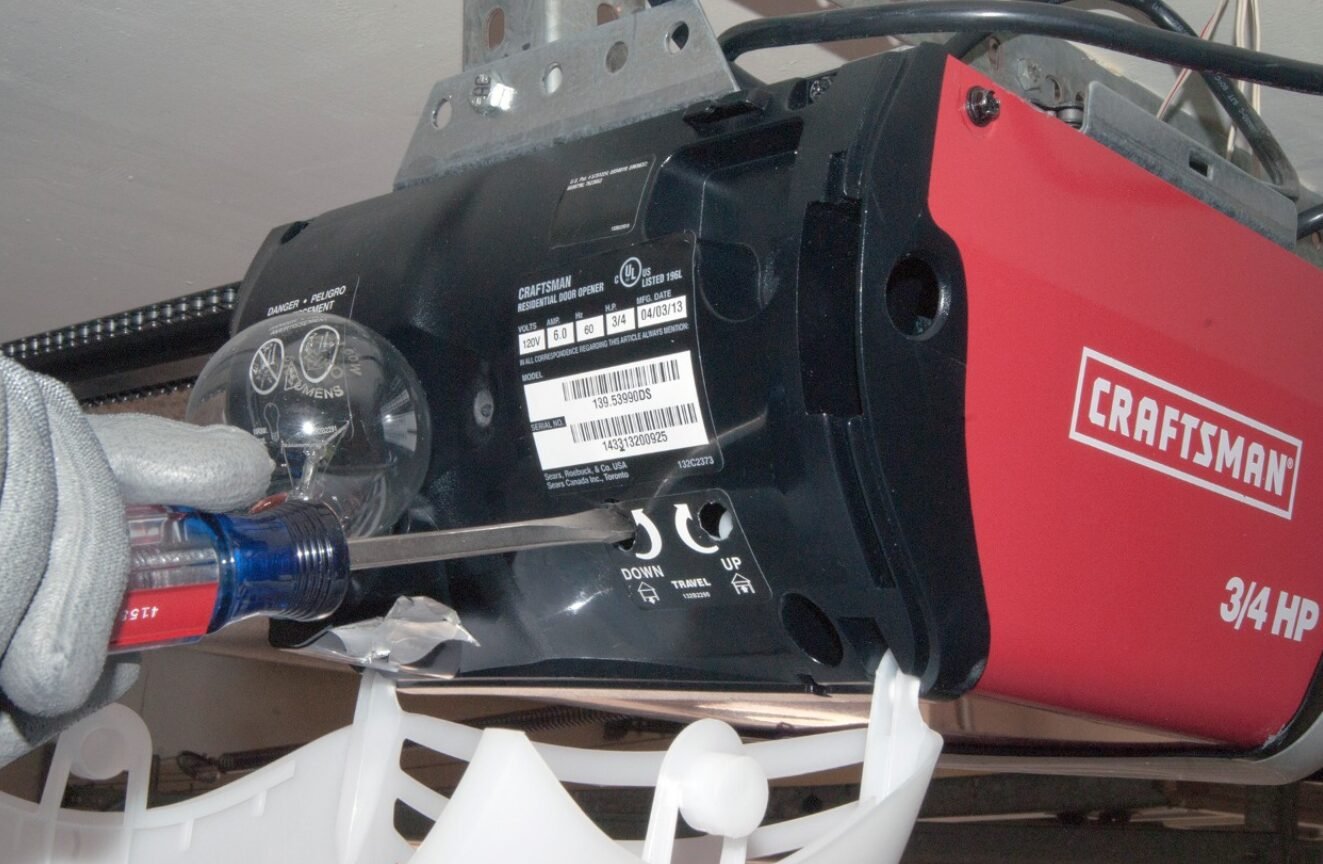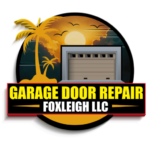- COMMERCIAL GARAGE DOOR REPAIR
- GARAGE DOOR OPENER INSTALLATION
- GARAGE DOOR SPRING REPAIR
- SAME-DAY GARAGE DOOR REPAIR
- CUSTOM GARAGE DOOR
- GARAGE DOOR OPENER REPAIR
- GARAGE DOOR TRACK REPAIR
- GARAGE DOOR CABLE REPAIR
- GARAGE DOOR PANEL REPAIR
- LOCAL GARAGE DOOR REPAIR
- GARAGE DOOR REPLACEMENT
- NOISY GARAGE DOOR FIX
- GATE REPAIR
- GARAGE DOOR INSTALLATION
- GARAGE DOOR SECTION REPLACEMENT
- OVERHEAD GARAGE DOOR REPAIR

Solving the Mystery: How to Tackle Garage Door Opener Repairs
Dealing with a faulty garage door opener can feel like solving a puzzle, especially when you’re unsure where to start. At Garage Door Repair Foxleigh, we understand how frustrating it can be when your garage door refuses to work properly. This blog will break down common issues and shed light on practical solutions so you can confidently tackle garage door opener repairs. Whether it’s a technical hiccup or a simple maintenance task, this guide will help you get your system back on track.
Understanding the Basics of Garage Door Opener Repair
Before jumping into hands-on repairs, it’s essential to understand the components and functions of your garage door opener. Knowing what to expect makes it easier to identify problems and take appropriate action.
Key Components of a Garage Door Opener
A garage door opener is a complex device consisting of mechanical and electrical parts. Knowing its key components can help you diagnose common issues effectively:
- Motor: Powers the opener by driving the belt, chain, or screw that lifts and lowers the door.
- Drive System: This refers to the mechanism—belt, chain, or screw—that moves the door. Chain drives are durable, while belt drives operate more quietly.
- Safety Sensors: Installed at the base of the doors, these stop the door from closing if they detect an object in its path.
- Remote Control and Wall Switch: These give users the ability to open and close the door.
- Rails and Rollers: Guide the door’s movement smoothly when functioning correctly.
By familiarizing yourself with these parts, you’ll be better prepared to address problems when they arise.
Common Signs of Trouble
Garage door opener issues can manifest in several ways. Watch out for these common warning signs:
- Unresponsive Door: The door doesn’t open or close when using the remote or wall switch.
- Intermittent Functionality: The door works occasionally but displays irregular behavior.
- Unusual Noises: Grinding, squeaking, or rattling sounds during operation.
- Reversal or Stoppage: The door starts closing but reverses or stops midway.
Recognizing these symptoms early can help you prevent larger, more costly repairs down the line.
Step-by-Step Solutions to Garage Door Opener Problems
Garage door opener repair can often involve quick fixes if you focus on the likely causes of each issue. Here’s how to approach repairs systematically.
1. Check the Power Source
The most basic—and common—issue with a garage door opener is a power-related problem.
- Inspect the Outlet: Ensure the opener is plugged in securely.
- Test for Power Supply Issues: Check your circuit breaker or fuse box for any tripped circuits. Reset if necessary.
- Replace Backup Batteries: For openers with battery backup systems, weak or dead batteries might disrupt functionality.
Often, resolving a power issue is enough to get your garage door running smoothly again.
2. Inspect and Align Safety Sensors
The safety sensors are a significant source of operational hiccups. These are designed to prevent the door from closing on an object or person, but even minor misalignment can cause the system to fail.
- Clean the Sensor Lenses: Dust and grime can block the infrared beam, interfering with proper operation. Use a soft cloth to wipe them clean.
- Realign the Sensors: Each sensor has an LED light that indicates alignment. If one or more lights are flashing, adjust the sensors until the beams align and the lights stop blinking.
3. Lubricate Moving Parts for Smooth Operation
Lack of lubrication is another frequent offender when it comes to garage door opener issues. To avoid wear and tear:
- Apply a silicone-based lubricant to the opener’s drive system, rails, hinges, and rollers. Avoid heavy grease, as it can attract debris.
- Perform lubrication every 6 months as part of a preventative maintenance routine.
This simple step can drastically reduce noise and extend the life of your equipment.
Prevention Tips to Avoid Future Issues
To reduce the chances of dealing with frequent breakdowns, follow these best practices for maintaining your garage door opener:
Conduct Regular Maintenance
Create a schedule for inspecting your garage door system every few months:
- Tighten Loose Bolts and Screws: Vibrations during operation can loosen hardware over time, so check and tighten as needed.
- Clear Track and Roller Build-Up: Remove any debris from the tracks to maintain smooth door movement.
- Test Safety Features: Perform a manual test of the auto-reverse feature by placing a small object under the door while closing. If it doesn’t reverse, call a professional for inspection.
Be Proactive About Repairs
Tackling minor issues promptly can prevent small malfunctions from evolving into major ones. For instance:
- Replace worn belts or chains before they snap and cause operational failure.
- Check door alignment regularly, as even slight misalignment can strain the opener.
Knowing what to look for and acting early will leave you with a reliable and efficient system.
Final Thoughts
While garage door opener repair might seem intimidating at first, following these simple steps can take much of the mystery out of the process. From aligning sensors to lubricating moving parts, many fixes can be handled with ease. However, when more significant repairs or challenges arise, it’s important to know when to call in an expert. At Garage Door Repair Foxleigh, our team specializes in diagnosing and solving any garage door-related issue with professionalism and precision.
Whether you’re optimizing performance or tackling a recurring problem, don’t hesitate to reach out for expert support. With proper care and assistance, your garage door opener will continue to function reliably and efficiently for years to come.
